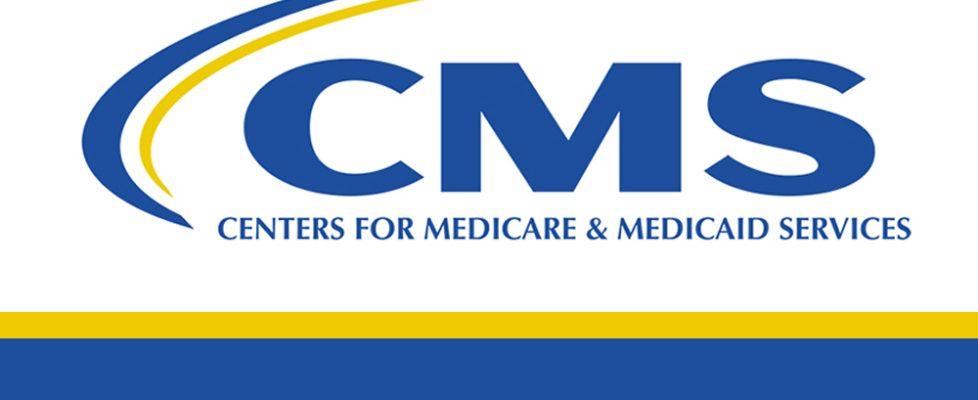Acute Inpatient PPS
Learn What’s New for FY 2024
CMS issued FY 2024 Hospital Inpatient Prospective Payment System (IPPS) and Long Term Care Hospital Prospective Payment System (LTCH PPS) final rules to update IPPS hospital and LTCH Medicare payment policies. See a summary of key provisions effective October 1, 2023.
On January 30, 2023, the Biden Administration announced its intent to end the national emergency and public health emergency declarations on May 11, 2023, related to the COVID-19 pandemic. Section 3710 of the CARES Act directs the Secretary to increase the weighting factor of the assigned Diagnosis-Related Group (DRG) by 20 percent for an individual diagnosed with COVID-19 discharged during the COVID-19 Public Health Emergency (PHE) period. Therefore, this 20 percent increase would not be applicable for IPPS discharges occurring on or after May 12, 2023.
Section 1886(d) of the Social Security Act (the Act) sets forth a system of payment for the operating costs of acute care hospital inpatient stays under Medicare Part A (Hospital Insurance) based on prospectively set rates. This payment system is referred to as the inpatient prospective payment system (IPPS). Under the IPPS, each case is categorized into a diagnosis-related group (DRG). Each DRG has a payment weight assigned to it, based on the average resources used to treat Medicare patients in that DRG.
The base payment rate is divided into a labor-related and nonlabor share. The labor-related share is adjusted by the wage index applicable to the area where the hospital is located, and if the hospital is located in Alaska or Hawaii, the nonlabor share is adjusted by a cost of living adjustment factor. This base payment rate is multiplied by the DRG relative weight.
If the hospital treats a high-percentage of low-income patients, it receives a percentage add-on payment applied to the DRG-adjusted base payment rate. This add-on, known as the disproportionate share hospital (DSH) adjustment, provides for a percentage increase in Medicare payment for hospitals that qualify under either of two statutory formulas designed to identify hospitals that serve a disproportionate share of low-income patients. For qualifying hospitals, the amount of this adjustment may vary based on the outcome of the statutory calculation.
Also, if the hospital is an approved teaching hospital it receives a percentage add-on payment for each case paid through IPPS. This add-on known as the indirect medical education (IME) adjustment, varies depending on the ratio of residents-to-beds under the IPPS for operating costs, and according to the ratio of residents-to-average daily census under the IPPS for capital costs.
Finally, for particular cases that are unusually costly, known as outlier cases, the IPPS payment is increased. This additional payment is designed to protect the hospital from large financial losses due to unusually expensive cases. Any outlier payment due is added to the DRG-adjusted base payment rate, plus any DSH or IME adjustments.
Transition of Inpatient Hospital Review Workload
Please see links below in the Downloads Section to some helpful informational materials on the subject of Inpatient Prospective Payment System Hospital and Long Term Care Hospital Review and Measurement.
Hospital Center
For a one-stop resource web page focused on the informational needs and interests of Medicare Fee-for-Service (FFS) hospitals, go to the Hospital Center (see under “Related Links Inside CMS” below).
Downloads
- Inpatient Review Transition PowerPoint Slides (ZIP)
- Issues Paper for the January 17, 2007 Listening Session on a Plan for Medicare Hospital Value-Based Purchasing (PDF)
- Inpatient Review Transition Fact Sheet (PDF)
- 1518-CN2 Tables 2 and 4J (ZIP)
- Report from Acumen on Revising the Medicare Wage Index to Account for Commuting Patterns (PDF)
- FY 2012 Proposed Rule Correction Notice- Out Migration Adjustment (Letter to Hospitals) (PDF)
- Responses To Technical Data Questions On CMS-1658-NC (ZIP)

